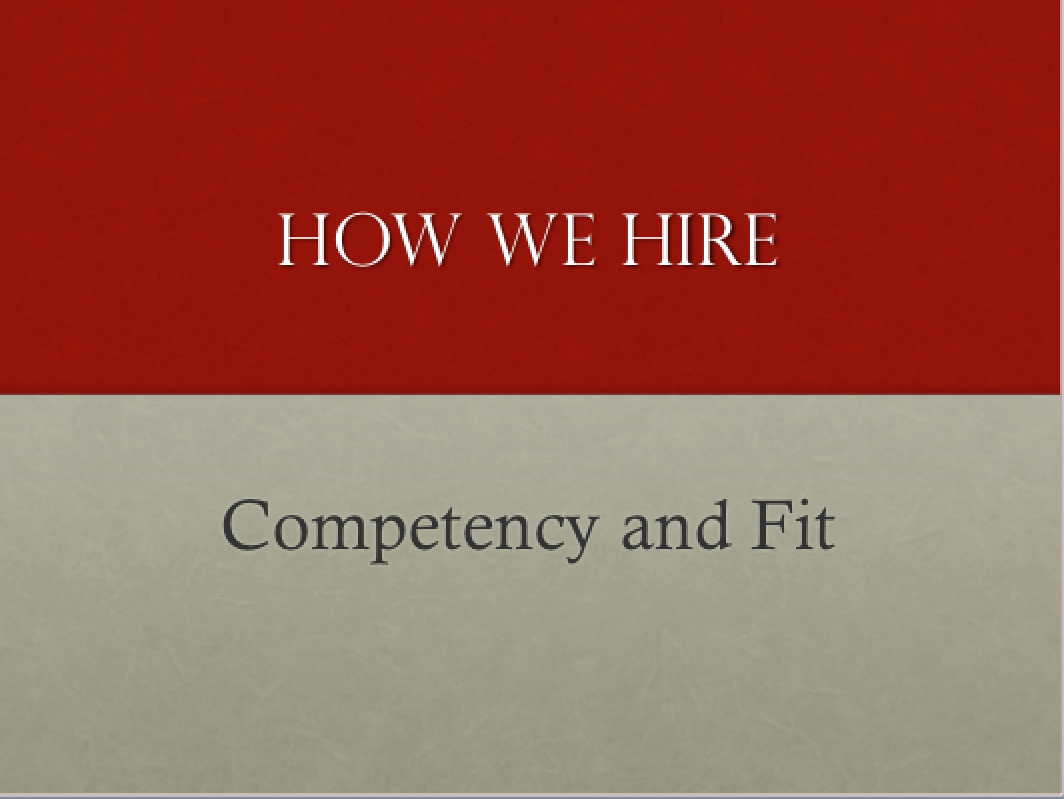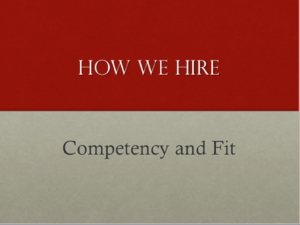
Random Thoughts on Sports Performance Training – Installment 17
It’s time for the April installment of my random thoughts on sports performance training. Here are a few ideas that are currently rattling around my brain.
1. The absolute speed-strength continuum doesn’t matter if you’re weak.
I posted this on my Facebook page last week, but thought it merited a mention here. With respect to this old video of mine…
One thing I didn’t mention that is an important consideration, though, is that an athlete has to have a foundation of strength and work capacity to even “get on” this continuum. This is one reason why it’s absolutely absurd for a 10-year-old to be embarking on a crazy aggressive throwing program. Before he introduces overload/underload throwing or high volume, he needs to establish a base of general stability and work capacity to be able to handle more specific stress.
2. In-season training isn’t just about lifting.
When people hear “in-season lifting,” they seem to immediately think that the sole justifications for incorporating it is to maintain strength, power, and muscle mass. Surely, that’s a huge part of the equation. However, I’m quick to point out to our athletes that in-season training includes a lot more.
Each time an athlete trains at Cressey Sports Performance during the season, he’s also going through his foam rolling work. And, he’s working his way through a more individualized warm-up than he’d typically get at the field during practice or at games.
Likewise, it’s an exposure to an environment that “nurtures” good lifestyle behaviors. There are invariably discussions about optimizing sleep quality, and improving nutrition. These exchanges just don’t happen as often at the field.
All that in mind, in-season training isn’t just about lifting weights.
3. There aren’t absolutes when it comes to discussing packing the neck.
I can’t definitely tell you that packing the neck during lifting will guarantee that you’ll lift more weight.
However, I think it’s very safe to say that if – 20 years down the road – we take MRIs of the necks of lifters who lifted with a more neutral cervical spine posture and compared them to MRIs of those who looked up at the ceiling when they squatted and deadlifted, the packed neck group’s diagnostic imaging would be a LOT cleaner.
4. Culture matters more than expertise, programming, finances, and just about anything else.
I’ve been fortunate to visit a lot of different strength and conditioning facilities in the private, collegiate, and professional sector. Without fail, the most successful facilities are the ones with an awesome culture. In other words, the athletes and staff are excited to be there. They’re thrilled about the prospects of innovations, and there is great communication without consideration of organizational rank, service time, or any other sort of hierarchy. I think this awesome post from Matt Duffy of the Giants is a great example of this in action in professional sports.
Culture matters because it’s a limiting factor. Expertise and good programming are super important, but they don’t matter if you don’t have an environment that accommodates the implementation of these things. And, if you look at professional sports, you can’t outspend a crappy culture. This is why you can see small market teams competing with the highest payroll teams in just about every professional sport. And, it’s one reason why you see fancy facilities with seemingly limitless financial resources fail miserably in the private sector all the time.
This is one reason why I always emphasize to our staff and interns that we hire based on both competency and fit.

Competency can be taught, but fit is something that is directly drawn from one’s character. Character is something that needs to be established at a young age and reinforced over the course of decades in a professional career. It’s a challenge to hire someone with the right fit for your culture, and this is one reason why we like to hire from our internship program; it’s a test drive to determine “fit” and work to fine-tune it if the alignment isn’t quite perfect.



